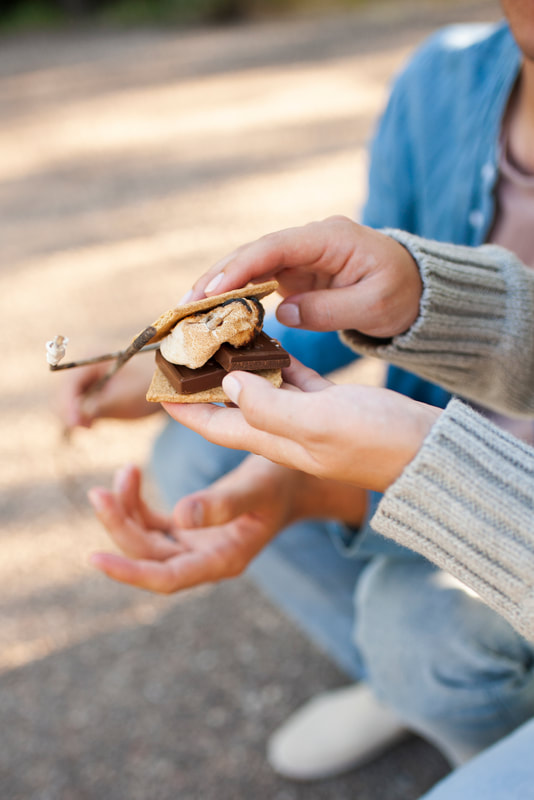|
March 2020 | Mindful Eating
by Desiree Lavin, M.S., R.D., L.D.N. You may be reading this article simultaneously wishing for some positive and wholly transformative change to come sweeping in like the wind, to answer all of your hopes and dreams. And that would be really, really cool of course, but like everything else in life, it’s the action and not the wish that makes it so. It's like when I tell my 9 year old not to forget to put his hat on before he walks to the bus stop. Every morning I tell him and every morning he sets it next to his back pack on the bench beside the door, and proceeds to “forget it.” It’s not that he’s lazy or self-destructive (although sometimes I wonder), it’s that he’s gotten into the habit of putting his cap in the same spot every day while he ties his shoes, instead of in his pocket or inside his bag. So while I shake my head as I see his hat lying on the bench as I get ready to leave, I recognize this as an automatic behavior and that mindfulness could be just the ticket to keep his head from freezing. Okay enough about hats, I’m an expert in nutrition and I’ll get there, I promise. You may not be familiar with the term mindfulness and that’s okay. Or maybe you are, as it seems to be enjoying popularity in the news and media outlets. Mindfulness isn’t allusive, it’s something each of us already possess. It is the ability to be fully present, aware of where we are and what we’re doing, and the ability to not be overly reactive or overwhelmed by what’s going on around us. Some of us have been ignoring what’s going on in our minds and bodies for so long, that we don’t really know when we feel actual hunger, or fullness for that matter. We don’t observe how we are feeling after eating specific types of food. This is where the practice of mindful eating can help us to tune back into our basic human selves and our nutritional needs. The good news is, our brains are not hard-wired and can create new neural pathways to learn new and healthier habits. It’s not immediate, but requires a daily practice, and an action along with a wish. Practicing mindfulness has the power to interrupt automatic and reactive behavior, which for many people includes unhealthy eating. A mindfulness practice has been shown to help people reduce everyday anxiety, recognize distorted thinking, decrease the power of inner criticism and self directed judgement, decrease habitual reactions to stressful situations, and in several new studies mindfulness may; -be good for your heart -decrease cognitive decline from aging or Alzheimers -improve your immune response -reduce cell aging -reduce psychological pain While research in many of these areas is preliminary, these results are promising. There are many tools available to help with a mindful eating approach to improving your relationship with food. Here is an exercise to expand your awareness and lay the groundwork for getting more pleasure from less food. Mindful Eating Tool: An Exercise on Taste Awareness with Chocolate (Adapted from “The Mindful Diet: How to Transform Your Relationship with Food for Lasting Weight Loss and Vibrant Health.”) When you slow down and focus on flavor, your experience of eating can change. This exercise will help you become aware of when you have eaten enough of a specific food and can be useful if you tend to overeat or not recognize your satiety signals. You will need a single piece of chocolate (small, such as a chocolate kiss). Do this exercise when you are not hungry so that you can focus on flavor. Give yourself a quiet space to concentrate in.
So how can mindful eating help with my whole body wellness, enabling me to thrive in what I consume and how I live? When it comes to eating, being present with no judgement is the beginning of a beautiful relationship with food. It begins with being present at your first bite until your last, checking in with yourself by asking questions such as; have I had enough? Do I need more? Is it time to stop? Savor each bite and appreciate the food for what it is. This relationship can create changes that last for a lifetime, unlike typical diets that tend to focus on the rules of eating and provide only short term success. |



